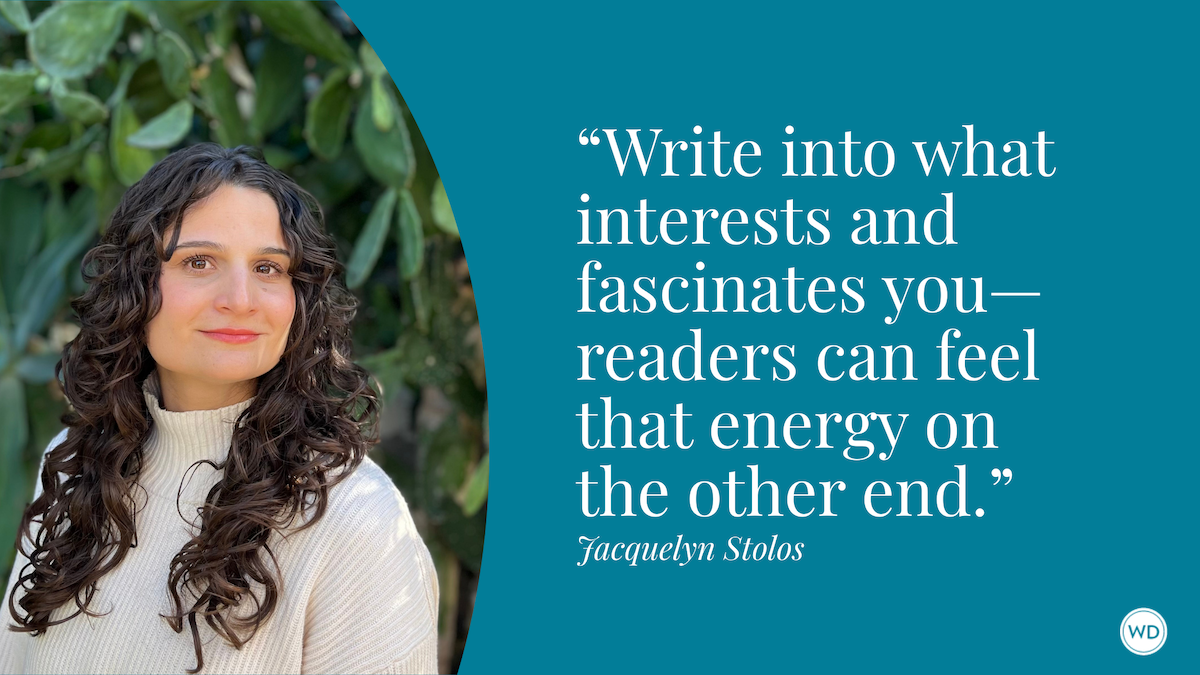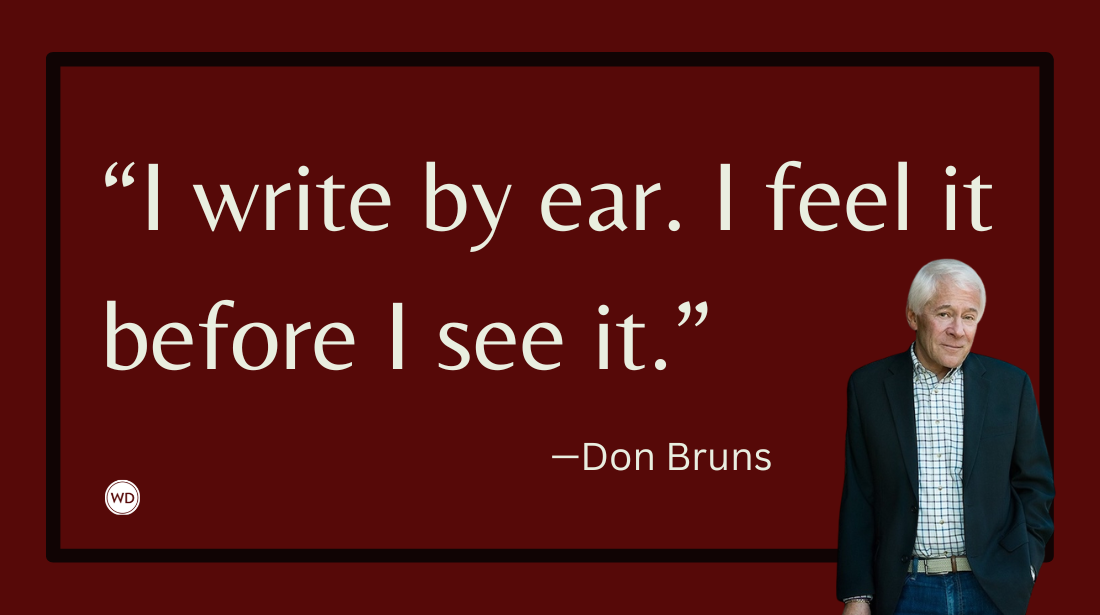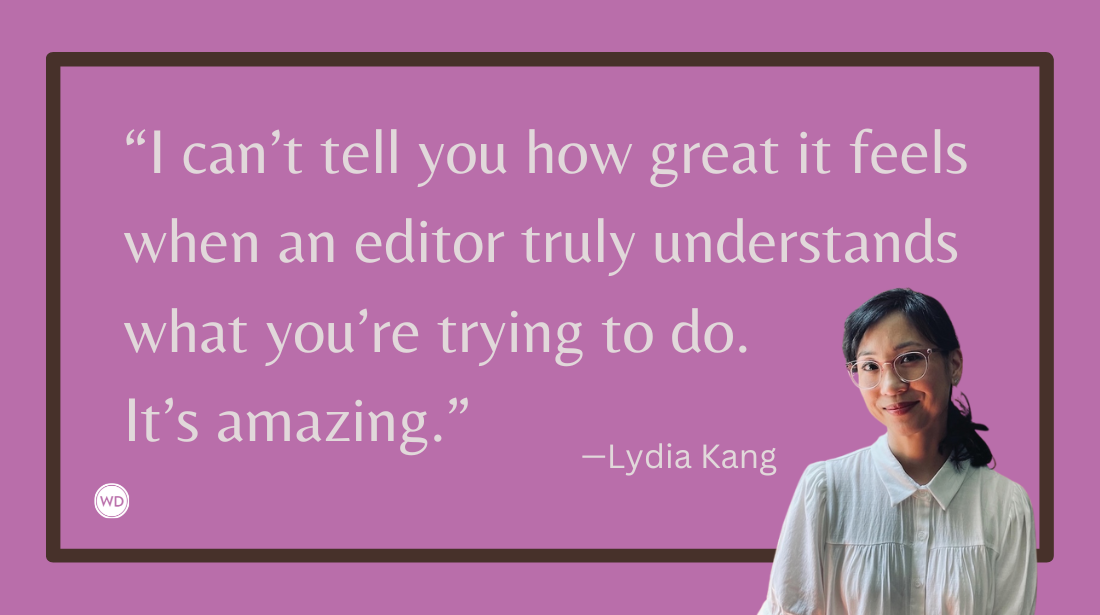On Creating Secondary Characters
Bestselling author Rhys Bowen shares nine thoughts on creating secondary characters that readers will love.
Unless your hero is taking a solo trek across Antarctica for 300 pages or has become a hermit in Tibet, his story will be one of interaction with other people. We will come to understand him or her by the way they interact with those around them. So the creation of secondary characters is important to any story. The aim is to create a world populated by real people so that we feel we are in a real time and place.
The primary level of secondary characters are those who are most important to the life of the sleuth, and therefore the plot. The best supporting role at the Oscars! The romantic interest, the villain, the possessive mother. We need to know a lot about them because we need to understand their motivation. Is the boyfriend worthy of her love, why does the villain want revenge? It really helps if we can picture them clearly and hear their voices too.
In my new book, Mrs. Endicott’s Splendid Adventure, my heroine is dumped by her husband and flees to the South of France with two women who have both been treated unjustly by society. We come to know a great deal about all three women by the end of the book as they interact with the heroine and with those around them.
Then at the level below that, we have characters with whom they will interact with in the French village. Characters important enough to the plot that we need to know who they are, some of their back story, and what drives them. Once a character betrays the heroine. We find out why, but we don’t know everything about him.
Below these are those who would be the extras in a movie: the baker in the village, the priest, the doctor. They are just cameo appearances and therefore we don’t need to go too deeply into describing them. We don’t need to know what motivates the baker to make bread. But we must take pains to make sure they are more than cardboard stereotypes: The Irish Cop. The wicked stepmother, the rough edged waitress with the heart of gold.
If you see each of them as an individual, your story will be fresher. Think Harry Potter and the secondary characters—the individual professors and students, Harry’s uncle and aunt. All real people that we feel we know well.
So how do we create real people when we don’t want to give up too much of the page to describe them? Our first impression of a person is usually visual, although it could be auditory like an annoying laugh across the room or someone who can’t stop sneezing.
- Try to find something about them that encapsulates them. Think of a party in a room where we know nobody. As we look around, some people catch our eye and stand out. That woman is wearing too much make-up and trying to look younger than she is. That elderly man has dyed his hair black and it doesn’t go with his too pale skin and eyebrows. That woman talks with her hands. Is she Italian? That too tall boy stoops because he’s self conscious.
- They come to life through their dialogue, especially when they interact with the main character. When we first meet them, are they rude, curt, witty, flirtatious? Do they like to talk about themselves? Are they hesitant, shy, feeling out of place? Menacing, spooky? Their dialogue also helps to anchor the story in time and place. If the heroine has moved to a new environment, it is the characters she meets who will show us what that new place is all about, by the way they talk, act, move, dress.
- They reveal themselves through their gestures, mannerisms, the way they walk. The woman sitting at the restaurant table scratching lines on the tablecloth with her fork is clearly tense. Why? Another man is gulping down his food. As a writer, take time to observe when you are stuck in an airport, or waiting for your food.
- Names are important. Once you have the name, you know the character. Sometimes I will have called a character Robert for 50 pages and things are going slowly. Then out of the blue he’ll say “Why do you keep calling me Robert when my name is Richard?” And then the story just leaps ahead.
- Once you have introduced them, their character will be revealed not only by the way they speak and act but by the way the main character interacts with them or observes them. You will come to know them as she does.
- With secondary characters, as with your main character, once you have created them it’s their story. Don’t try to force them to do things it’s not within their nature to do. Allow yourself to be surprised if they say or do something unexpected. In every book, at least one of my characters surprises me and goes on to play a role I hadn’t expected. Be open to that. It makes the story much richer and more real.
- Hint: Only give up precious time and space to those who will further the story for us. We don’t need to know that the policeman holding up the traffic when the heroine is in a desperate hurry is tall, ginger haired with a little mustache. Not important.
- Another Hint: Don’t introduce us to too many characters at once. You confuse the reader.
- And a last hint: If you really want to understand a character, write a paragraph in their first person. You’ll be surprised at what they want to tell you.
My whole aim when I write about another time and place is to take the reader there, not tell them about it. And it’s the secondary characters who will make this world real.
Check out Rhys Bowen's Mrs. Endicott's Splendid Adventure here:
(WD uses affiliate links)









